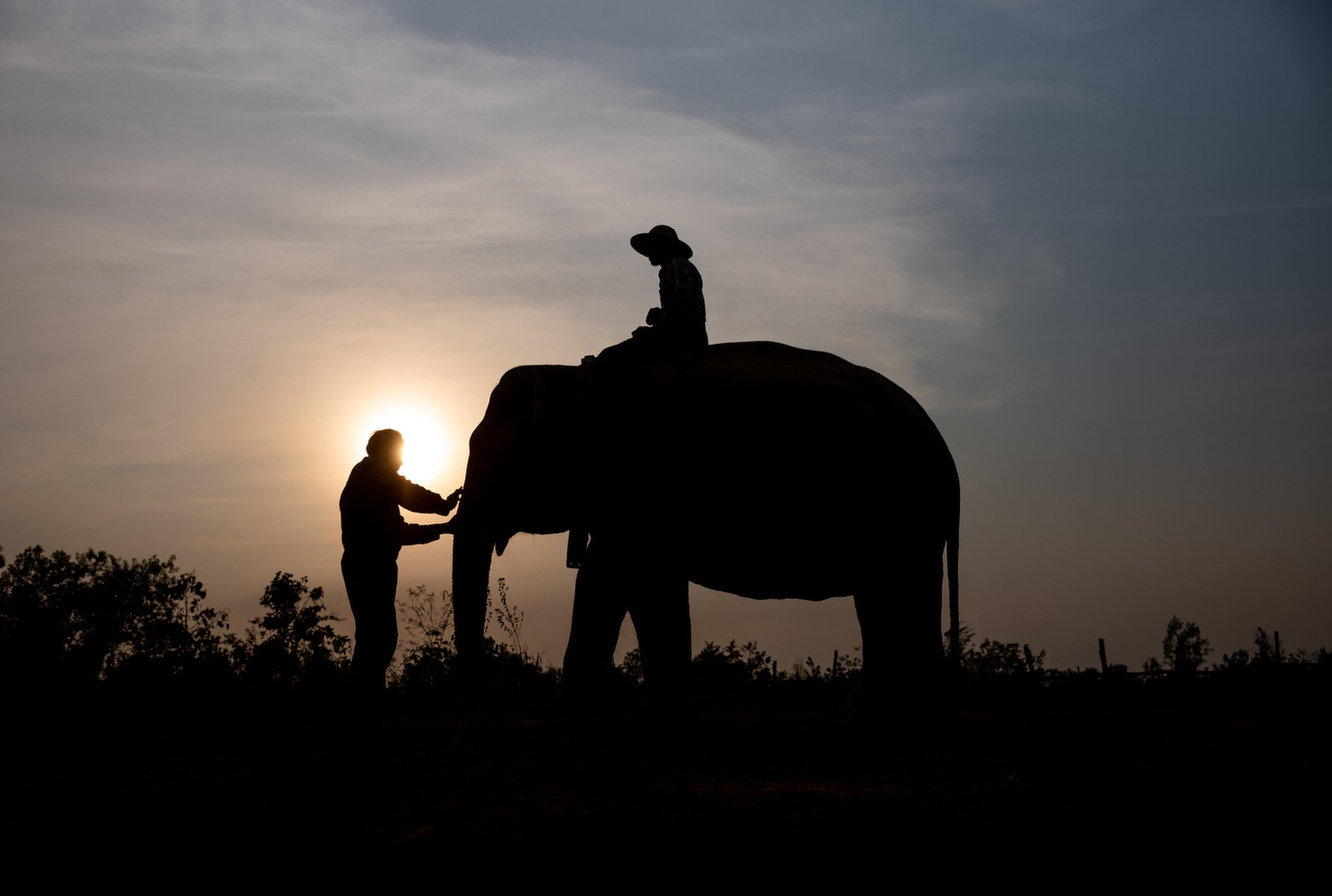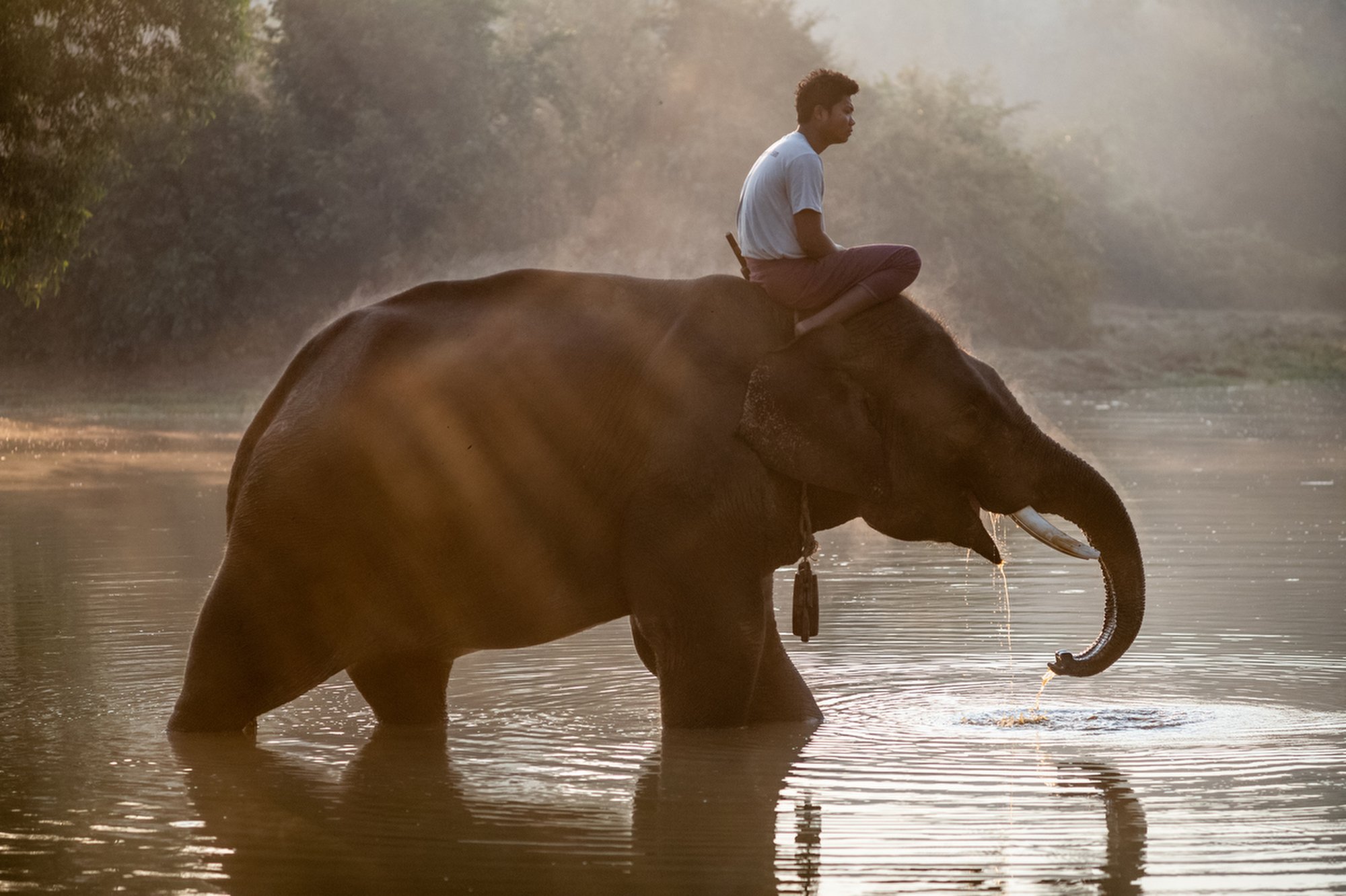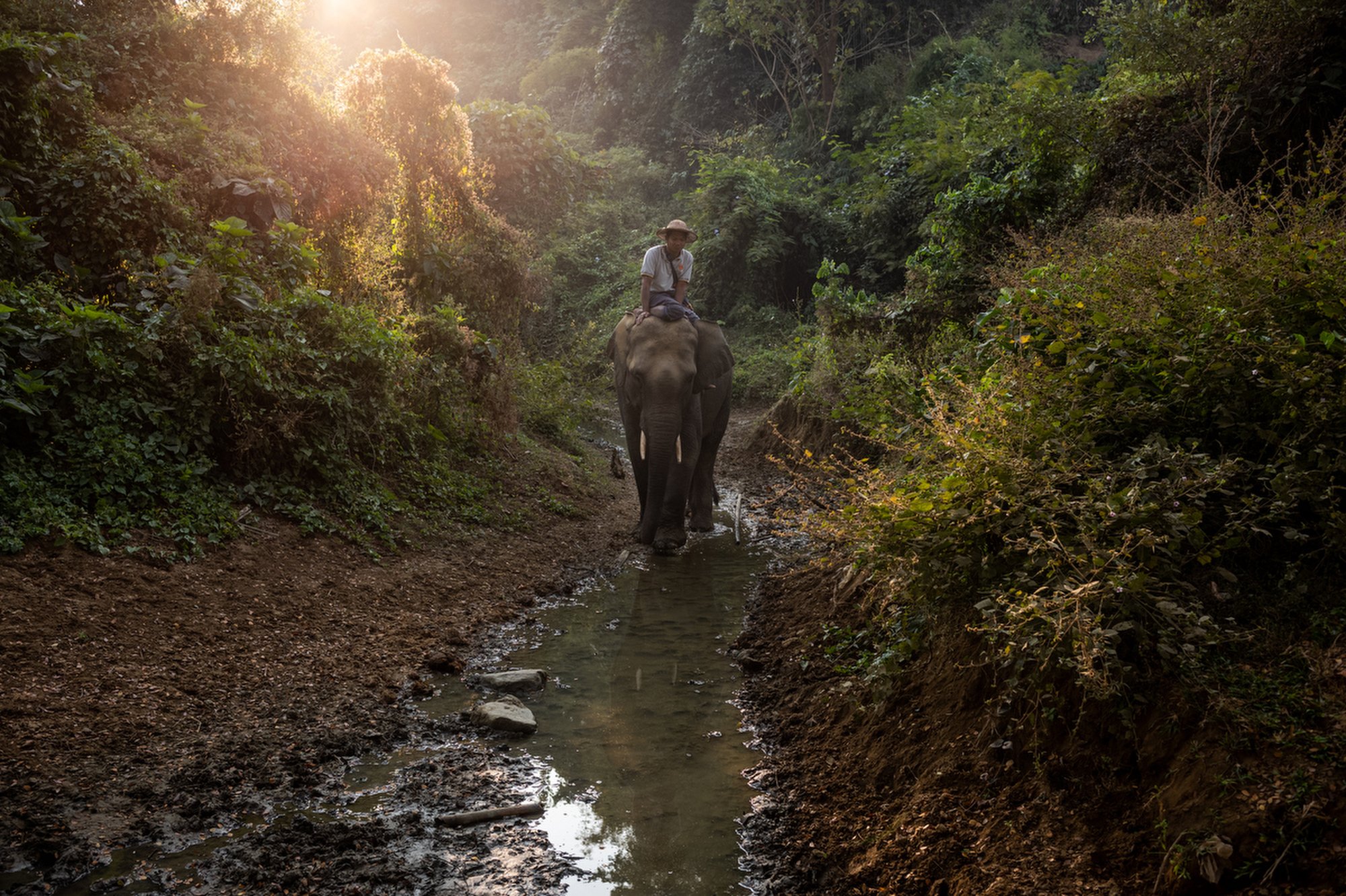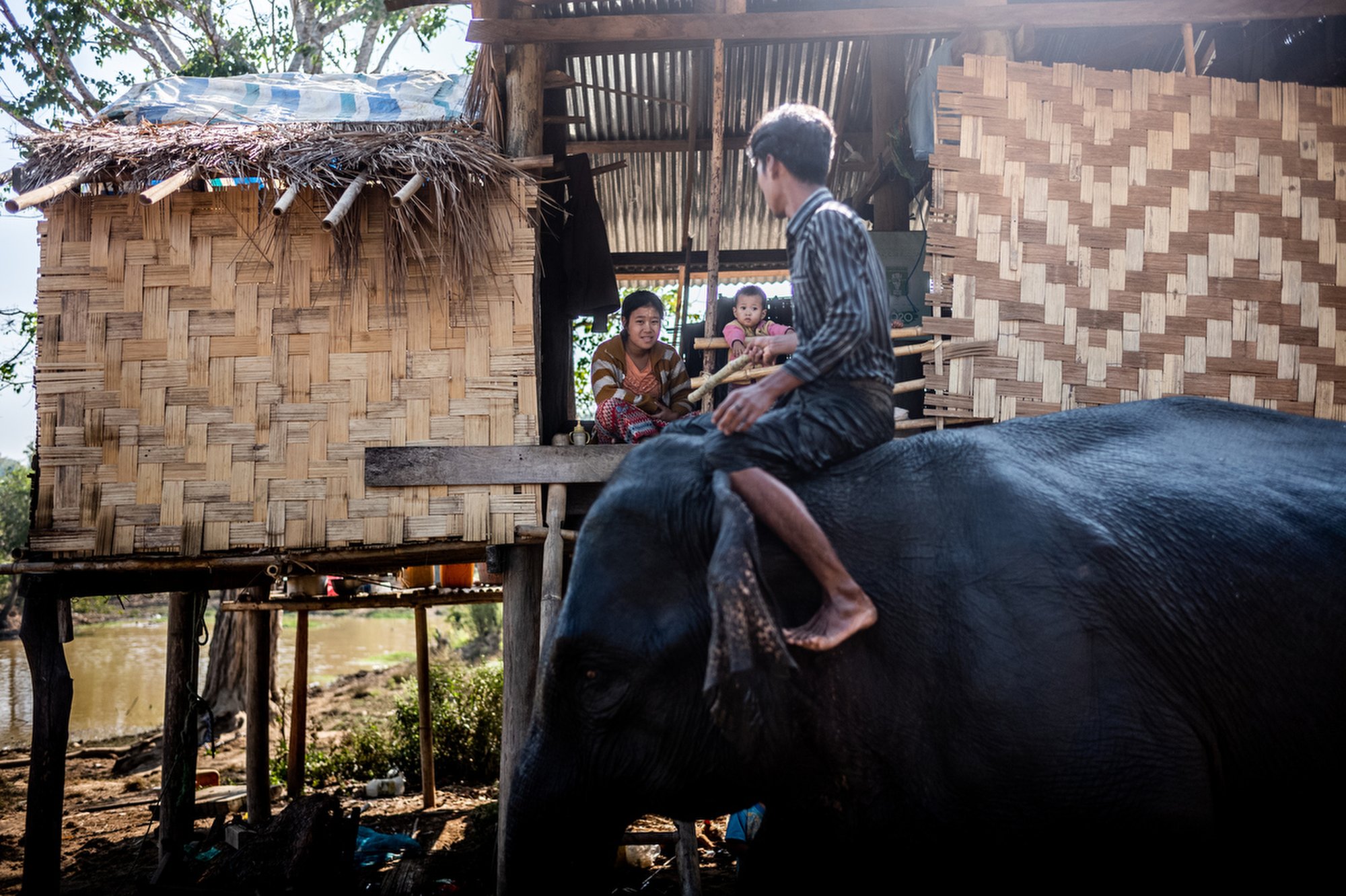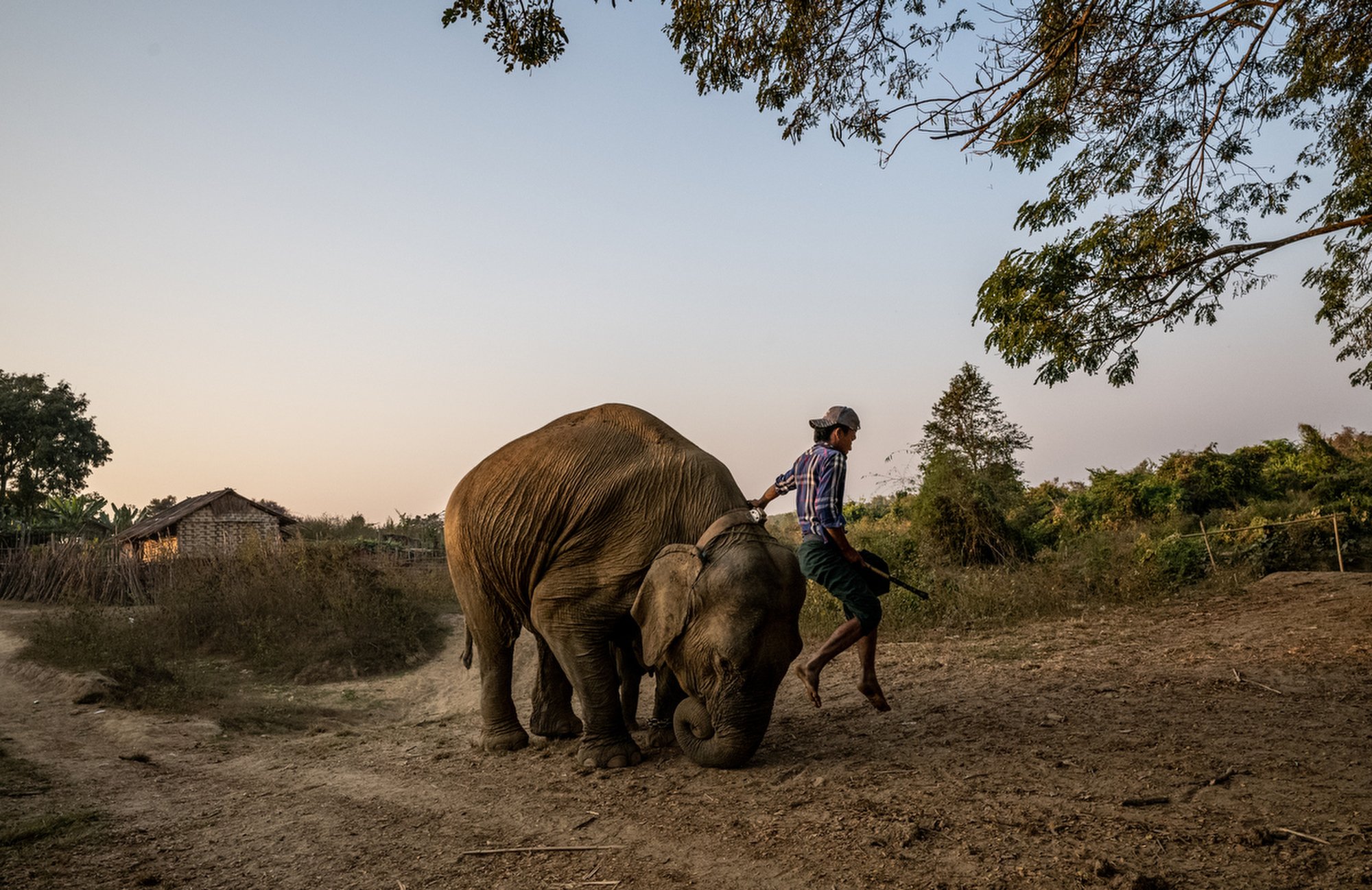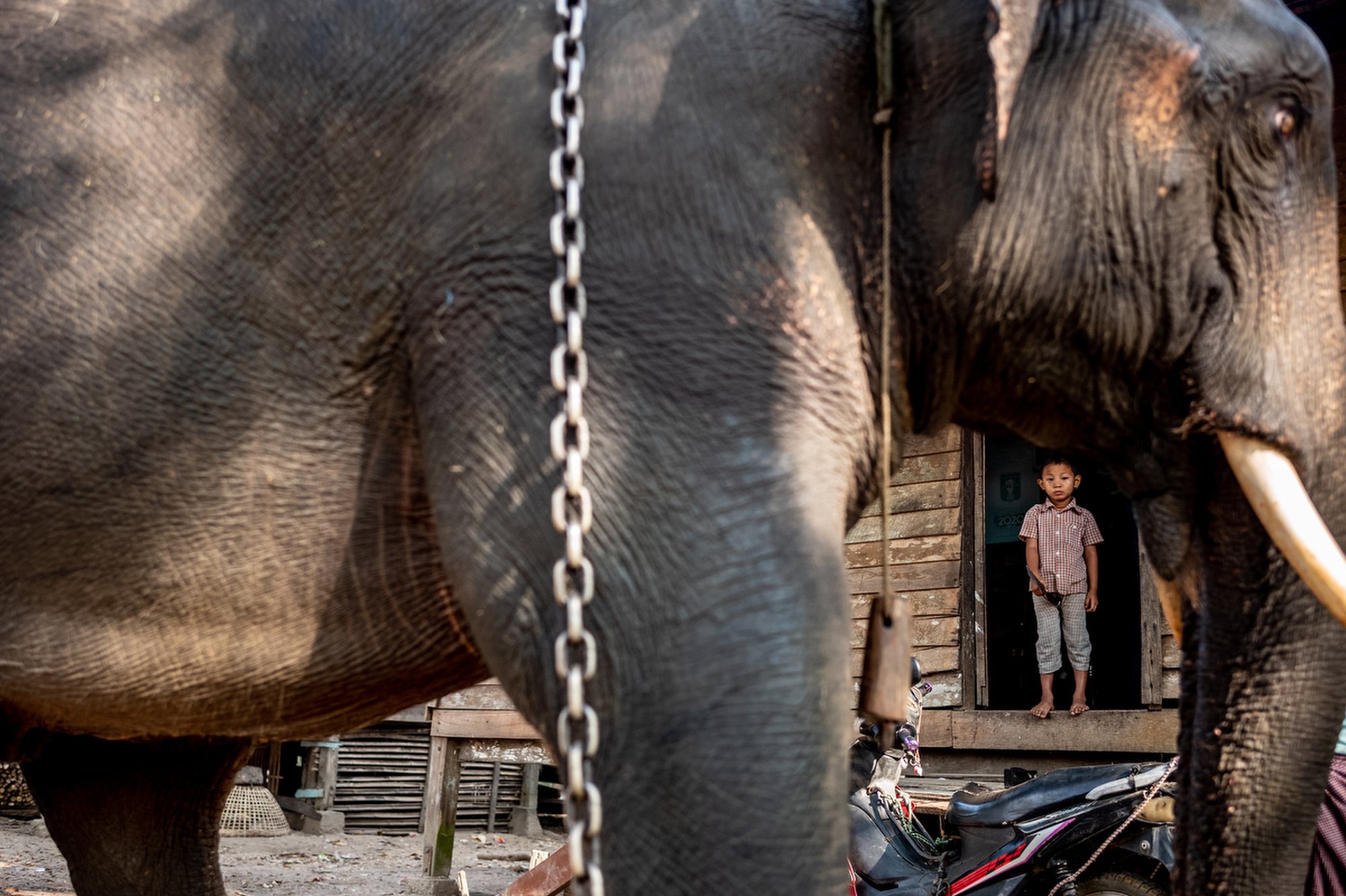Smithsonian Magazine | Myanmar Elephants - Photographer’s Selects
Welcome to Photographer Selects, an exclusive series on ASKMOTT where I reveal a full set of client-delivered images from recent photography assignments. Each post dives into the assignment details, the gear I used, and my approach to capturing the shots. Unlike typical photography showcases that only highlight the best images, this series offers a transparent look at my creative process—including the good, the bad, and everything in between. You'll gain insight into how I work a scene, the shots my clients ultimately choose (which aren’t always my personal picks), and practical tips to enhance your own photography skills
In a recent assignment for Smithsonian Magazine, I had the opportunity to document an elephant tracking and scientific study program in Myanmar. This project was particularly significant as it shed light on the efforts to understand and protect the country's elephant population.
Assignment Overview
Client: Smithsonian Magazine
Location: Myanmar
Duration: 2 shooting days
Objective: Capture the essence of the elephant tracking program, highlighting the interaction between the researchers and the elephants, as well as the challenges faced in the field.
Gear Selection
For this assignment, I chose the Leica M10D paired with a Leica 35mm Summilux lens. The M10D, known for its minimalist design lacking an LCD screen, allowed me to focus entirely on composition and timing without the distraction of instant playback. The 35mm focal length provided versatility, enabling me to capture both intimate portraits and contextual environmental shots.
(See my full gear page here)
Challenges and Adaptations
Working in the dense forests of Myanmar presented several challenges:
Lighting Conditions: The canopy often limited natural light, requiring careful exposure settings and, at times, the use of higher ISO levels to maintain image quality.
Subject Movement: Tracking elephants meant anticipating their movements and being prepared to capture decisive moments without causing disturbance.
Environmental Factors: High humidity and unpredictable weather demanded durable equipment and protective measures to ensure functionality throughout the shoot.
Outcomes and Reflections
The images captured during this assignment not only documented the scientific aspects of the tracking program but also highlighted the deep connection between the researchers and the elephants. Moments of subtle interaction, such as a gentle touch or a shared glance, underscored the mutual respect and understanding developed over time.
This experience reinforced my belief in the power of visual storytelling to raise awareness about conservation efforts. By focusing on the human-animal bond, the photographs aim to foster a greater appreciation for wildlife and the individuals dedicated to its preservation.
For a comprehensive look at the images from this assignment, you can view the full set on my blog.
Engaging in such assignments continues to fuel my passion for documentary photography, reminding me of the profound impact visual narratives can have in promoting understanding and empathy across diverse subjects and audiences.


